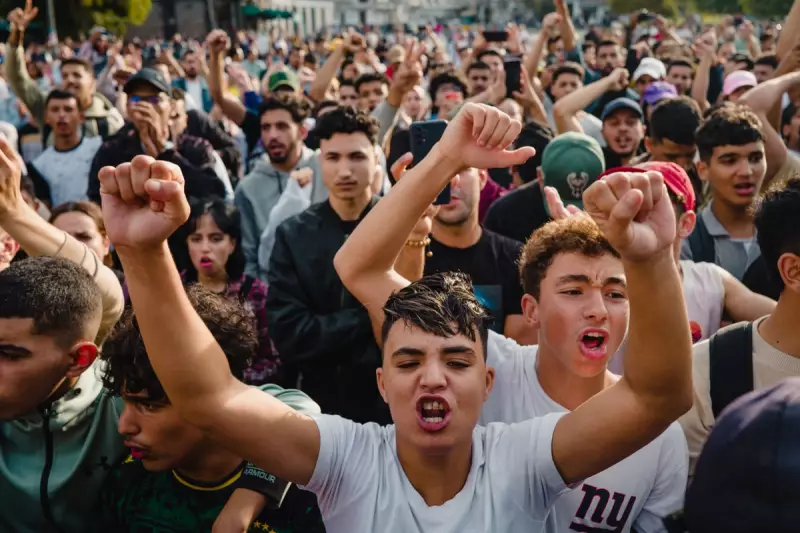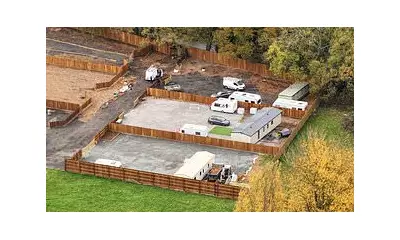
Morocco is facing a wave of social unrest as thousands of citizens have taken to the streets in multiple cities to protest against worsening economic conditions and skyrocketing living costs.
Nationwide Demonstrations
Protesters flooded public squares and major thoroughfares across the North African kingdom, voicing their frustration over what many describe as government failure to address the deepening economic crisis. The demonstrations represent one of the most significant shows of public discontent in recent years.
Economic Grievances Fuel Anger
The protests have been primarily driven by several key factors:
- Soaring inflation making basic goods unaffordable for many families
- Persistent unemployment, particularly affecting the youth population
- Rising fuel and energy prices impacting transportation and household budgets
- Perceived government inaction in addressing economic hardships
Government Response Under Scrutiny
Authorities have been closely monitoring the situation as the scale of demonstrations continues to grow. The government faces mounting pressure to implement effective economic reforms and social support measures to alleviate the burden on ordinary citizens.
Previous attempts to mitigate the crisis through subsidy programs and price controls have proven insufficient in the face of global economic pressures and domestic challenges.
Regional Implications
The protests in Morocco echo similar economic struggles across North Africa, where many countries are grappling with post-pandemic recovery, inflation, and unemployment challenges. The situation highlights the delicate balance governments must maintain between economic reforms and social stability.
As demonstrations continue, international observers are watching closely to see how Moroccan authorities will respond to this significant test of public confidence and social cohesion.





